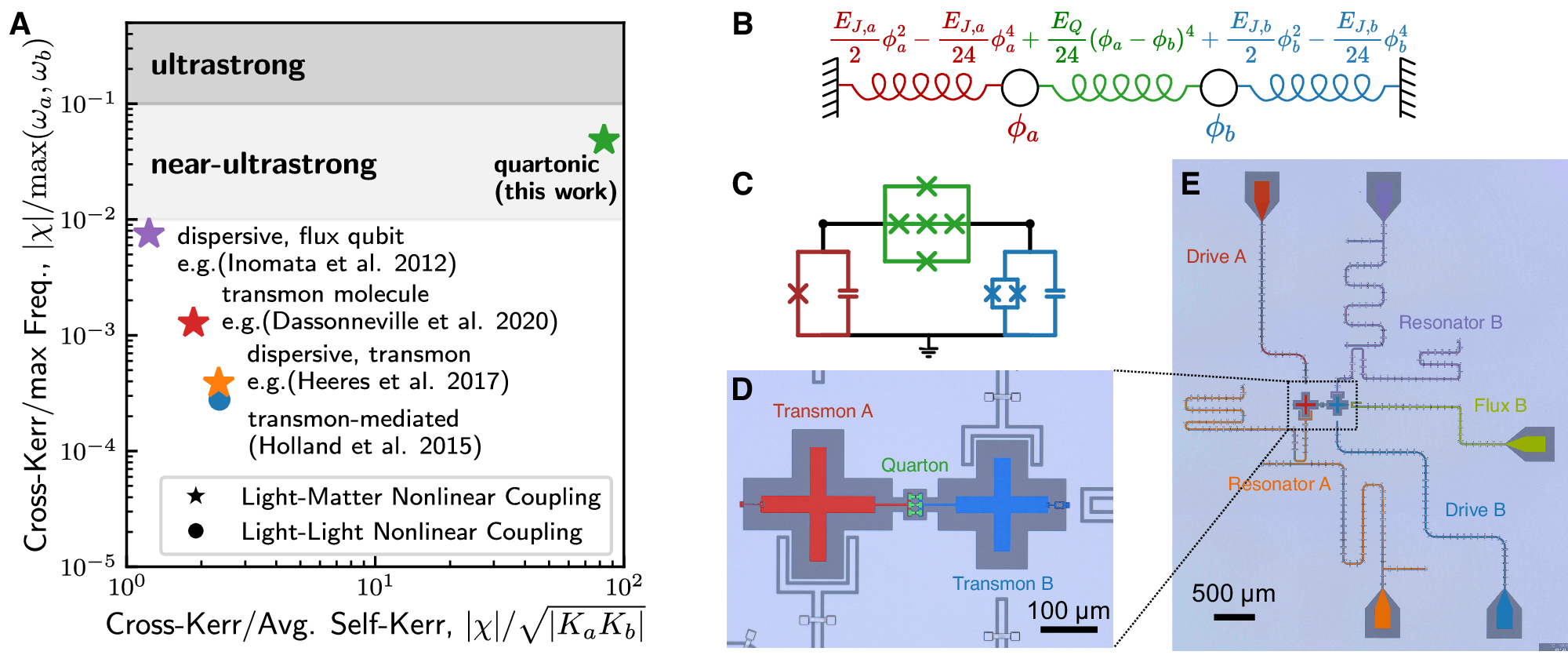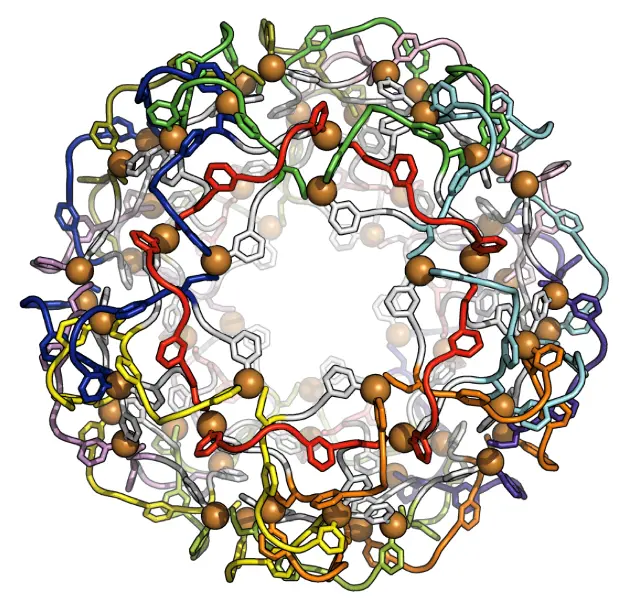2025-05-01 レンセラー工科大学(RPI)
<関連情報>
- https://news.rpi.edu/2025/05/01/rpi-researchers-make-strides-toward-quantum-networking
- https://www.science.org/doi/10.1126/sciadv.adt2404
- https://tiisys.com/blog/2025/01/24/post-160313/
量子ネットワークにおける非最短パスの重要性が明らかになる Unveiling the importance of nonshortest paths in quantum networks
Xinqi Hu, Gaogao Dong, Kim Christensen, Hanlin Sun, […] , and Xiangyi Meng
Science Advances Published:26 Feb 2025
DOI:https://doi.org/10.1126/sciadv.adt2404

Abstract
Quantum networks (QNs) exhibit stronger connectivity than predicted by classical percolation, yet the origin of this phenomenon remains unexplored. We apply a statistical physics model—concurrence percolation—to uncover the origin of stronger connectivity on hierarchical scale-free networks, the (U, V) flowers. These networks allow full analytical control over path connectivity through two adjustable path-length parameters, ≤V. This precise control enables us to determine critical exponents well beyond current simulation limits, revealing that classical and concurrence percolations, while both satisfying the hyperscaling relation, fall into distinct universality classes. This distinction arises from how they “superpose” parallel, nonshortest path contributions into overall connectivity. Concurrence percolation, unlike its classical counterpart, is sensitive to nonshortest paths and shows higher resilience to detours as these paths lengthen. This enhanced resilience is also observed in real-world hierarchical, scale-free internet networks. Our findings highlight a crucial principle for QN design: When nonshortest paths are abundant, they notably enhance QN connectivity beyond what is achievable with classical percolation.



